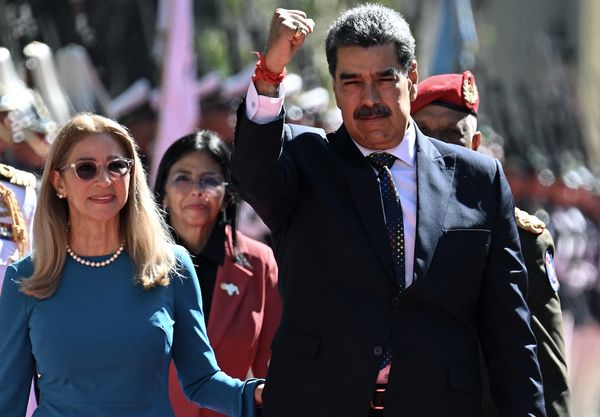Barclays halted the sale of its iPath ETNs, but daily redemptions of the notes will still occur.
The suspension on April 28 will not impact daily redemptions, the British bank said in a statement. The investment bank said it will restate its financial statements for the year ended December 31, 2021.
Barclays said it expects to start sales again of the exchange-traded notes after it files regulatory paperwork, an amended Form 20-F and a new shelf registration statement. The ETNs includes ones such as iPath® Series B Bloomberg Livestock Subindex Total Return℠ ETN (COW), Path® Series B Bloomberg Agriculture Subindex Total Return℠ ETN (JJA) and iPath® Series B Bloomberg Aluminum Subindex Total Return℠ ETN (JJU).
How ETNs Differ From ETFs
While ETNs are traded on a public exchange like ETFs, they are debt issued by banks and instead track the benchmarks of commodities, stocks and currencies, Todd Rosenbluth, head of research at ETF Trends, an Irvine, California-based finance company, told TheStreet.
“It is a promise to deliver the returns tied to an underlying investment,” he said.
While ETNs look and trade like an ETF, they are not the same asset, Steve Sosnick, chief strategist of Interactive Brokers, a brokerage based in Greenwich, Connecticut, told TheStreet.
“They are a liability of the issuer,” he said.
When investor demand exceeds a bank’s capacity to issue ETNs, they have to stop creating them.
“The problem is banks don't have an infinite capacity to put these things on their books,” Sosnick said.
ETNs remain a “cheap source of financing” for investment banks and the investors are typically hedge funds with some individual investors, he said.
“It is a combination of a saleable product and a form of financing,” Sosnick said. “ETNs mature whereas ETFs are open ended in their capacity.”
Barclays “hit their own limits and actually exceeded them,” he said. “They should have recognized their own limits.”
Investors were drawn to investing in the agriculture sector and there was “too much investor interest” in the ETNs, Sosnick said.
“They wanted exposure to volatility and oil since they were hot commodities,” he said.
“They still continue to trade on exchanges, but the value of those ETNs may not be reflected in the trading price of the net asset value of the notes,” Sosnick said.
What Investors Own in ETNs
Barclays developed ETNs in 2006 in an effort to give retail investors access to commodities and currency assets. The debt structure of ETNs eliminated the costs of owning these assets and improved tax implications for investors.
Investors do not own direct exposure to the underlying commodity, such as stocks, bonds or commodities, Rosenbluth said.
“You own debt,” he said. “It trades like an ETF on an exchange where there is typically liquidity to be able to buy and sell like an ETF. It is bank debt that is trying to replicate the performance of an investment style.”
While there was over $900 billion of inflows to ETFs at the end of 2021, only a very small amount was allocated into ETNs, Rosenbluth said.
Compared to broad-market based ETFs that track benchmark indexes such as the S&P or Nasdaq, ETNs typically invest in niches with assets that are relatively small, he added.
ETNs “tend to be trading products or a way to get niche exposure in agriculture,” Rosenbluth said.
When ETNs garner some attention, there is usually something wrong, he said.
The majority of investors own ETFs that track a sector or a benchmark like the S&P 500. The role that one of these ETNs “can play in a portfolio is very narrow compared to the S&P 500,” Rosenbluth said.
Commodity Returns Skyrocketed
Investors have been allocating money into commodities due to the inflationary environment and because of expectations that the Federal Reserve would raise interest rates. Through December, coffee skyrocketed by 84% while the benchmark U.S. crude oil rose by 40%. Copper also surged by 21%.
Investors can opt for more broad-based commodity ETFs such as Invesco DB Commodity Index Tracking Fund (DBC) which allocated 52% of its assets into futures of crude oil and gasoline, 8.98% into aluminum, 7.84% into copper and 6.58% into natural gas. The expense ratio is higher at 0.87% compared to broader market ETFs that charge 0.03%. The one-year return was 57.37% while the year-to-date return is 25.77%.
Another option is Invesco Optimum Yield Diversified Commodity Strategy No K-1 ETF(PDBC), which owns 7% in diesel and oil futures, 4% in zinc and 3.5% in copper futures with an expense ratio of 0.62%. The one-year return is 57.95% while the year-to-date return is 25.73%.







